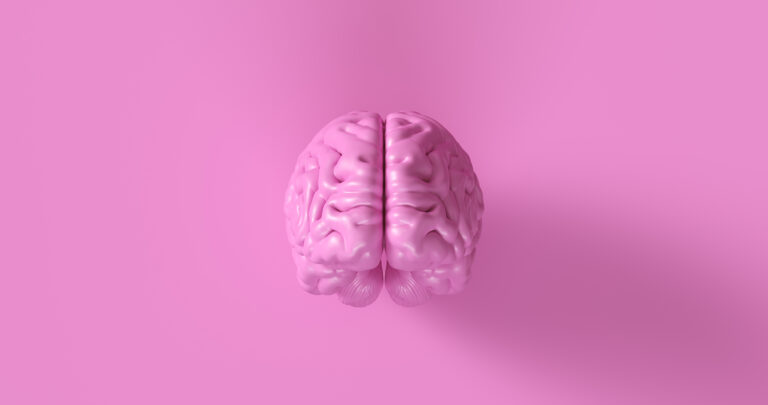The brain is a complex organ that controls every aspect of our body, including our thoughts, emotions, and movements. It is made up of millions of cells called neurons, which communicate with each other through electrical and chemical signals. Two types of tissues in the brain, white matter and gray matter, play crucial roles in its functioning and can be impacted by diseases like dementia and Alzheimer’s.

Gray matter refers to the outer layer of the brain, which is primarily composed of neuronal cell bodies, dendrites, and synapses. It is responsible for processing information and controlling movement, perception, and emotions. In contrast, white matter refers to the deeper tissues of the brain, which are made up of bundles of myelinated axons, or the long fibers that connect neurons and allow them to communicate with each other. White matter is crucial for transmitting information across different regions of the brain and coordinating various functions.
Dementia is a broad term used to describe a decline in cognitive functioning, including memory loss, difficulty with language, and impaired judgment or reasoning. Alzheimer’s disease is the most common type of dementia, accounting for 60-80% of cases. While the exact causes of Alzheimer’s are not yet fully understood, research has shown that it is associated with a buildup of abnormal proteins in the brain, including amyloid plaques and tau tangles.
These protein accumulations can damage both white and gray matter, leading to a range of symptoms that worsen over time. In the early stages of Alzheimer’s, gray matter may be more severely affected, particularly in the hippocampus, a region of the brain involved in memory formation and storage. As the disease progresses, white matter may also become damaged, disrupting the communication between different brain regions and leading to further cognitive decline.
Recent research has suggested that changes in white matter may be particularly important for understanding the progression of Alzheimer’s disease. For example, one study found that individuals with more severe white matter damage were more likely to develop Alzheimer’s and experience faster cognitive decline. Another study found that white matter damage was associated with a specific type of cognitive impairment, including difficulty with attention and executive function.
Despite the challenges posed by dementia and Alzheimer’s disease, there are several treatment options and lifestyle changes that may help slow their progression or alleviate symptoms. For example, medications known as cholinesterase inhibitors can help improve memory and cognitive function in individuals with mild to moderate Alzheimer’s disease. Lifestyle changes, such as regular exercise, a healthy diet, and social engagement, may also help improve brain function and slow cognitive decline.
White matter and gray matter play crucial roles in the functioning of the brain and can be impacted by diseases like dementia and Alzheimer’s. While the exact causes of these conditions are not yet fully understood, research has shown that both types of brain tissue can become damaged, leading to a range of cognitive and behavioral symptoms. By understanding the underlying mechanisms of these diseases, researchers and healthcare professionals can develop more effective treatments and interventions to improve the lives of individuals with dementia and Alzheimer’s disease.
In addition to medications and lifestyle changes, there are also ongoing efforts to develop new treatments for Alzheimer’s disease and other forms of dementia. One promising approach involves targeting the protein accumulations that are characteristic of these conditions, such as amyloid plaques and tau tangles. Several drugs are currently in development that aim to reduce the buildup of these proteins and potentially slow the progression of dementia.
Another area of research focuses on the role of inflammation in dementia and Alzheimer’s disease. Studies have shown that chronic inflammation may contribute to the development and progression of these conditions, and there is growing interest in developing treatments that can reduce inflammation in the brain. For example, some researchers are exploring the use of anti-inflammatory drugs, such as nonsteroidal anti-inflammatory drugs (NSAIDs) and omega-3 fatty acids, to potentially prevent or slow cognitive decline.
Beyond these treatment options, there is also a need for greater awareness and support for individuals with dementia and their caregivers. Dementia can be a challenging and isolating condition, and many individuals and families struggle to find the resources and support they need. There are several organizations and initiatives dedicated to raising awareness about dementia and Alzheimer’s disease, as well as providing resources and support for individuals and families affected by these conditions.
While dementia and Alzheimer’s disease can be devastating conditions, there is reason for hope. Advances in research and treatment are offering new options for slowing the progression of these diseases and improving the quality of life for individuals and families affected by them. By continuing to invest in research and support, we can make significant strides towards understanding and addressing the complex mechanisms of dementia and Alzheimer’s disease.





